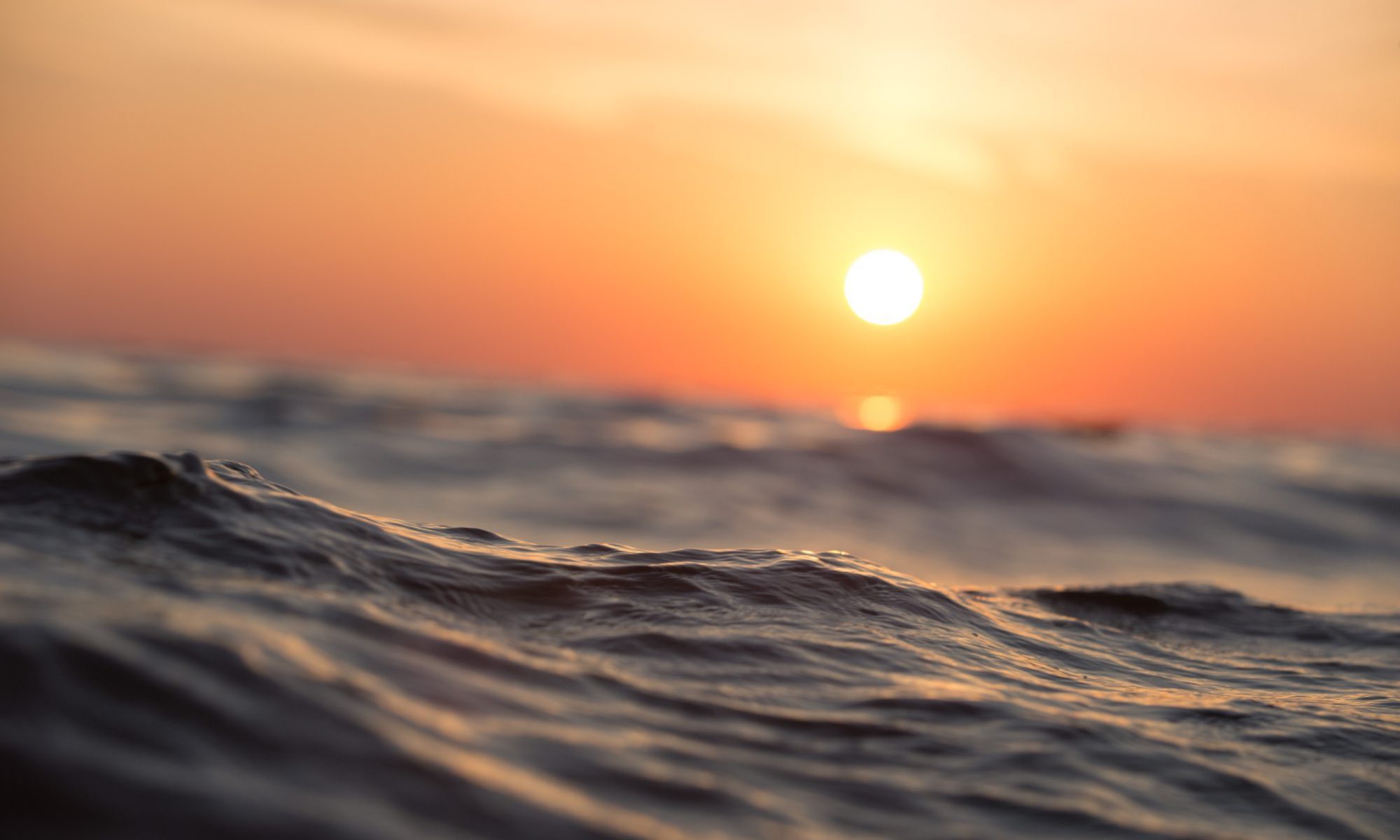Italy is quite similar to a long pier that extends towards the sea, lying in the middle of Mediterranean Sea. It has a coastal length of almost 8000 km, several islands, and its inland is never far more than 250 km from the sea. The country has extensive and important productive activities related to the sea.
Any maritime and coastal engineering study or project, as well as any navigational and productive activity at sea, demands for the knowledge of wave directional regimes, climatic and extreme.
This portal provides updates, insights and additions to the wave analyzes reported in the Italian Waves Atlas, published in 2006.
In 1989, SIMN (National Hydrographic and Mareographic Service), nowadays ISPRA (Higher Institute for Environmental Protection and Research), established an organic and pioneering National Wave Network (RON), originally composed of eight buoys located offshore La Spezia, Alghero, Ponza, Mazara del Vallo, Catania, Crotone, Monopolies and Pescara-Ortona.
In 1999 were added two buoys offshore Cetraro and Ancona.
Finally, in 2002, to upgrade and optimize the RON, all instrumentations were replaced and were added four buoys offshore Capo Comino-Siniscola, Palermo, Civitavecchia and Punta della Maestra-Chioggia, gaining an optimal geographical coverage.
For further details on the RON evolution and actual status, refer to information on Hystory of wave monitoring network (in italian).
In 2000, SIMN started to work intensively to develop, analyze, and rationalize the acquired information with the involvement of various institutions and experts in the field. The most significant experience was that carried out with the University of Roma Tre, through a biennial research program, which led to publication of the volume “Waves Atlas in the Italian Seas”, edited with the support of the PIANC.
This publication has contributed substantially to the elaboration of a comprehensive and detailed picture of the characteristics of the real wave recorded off the Italian coast, mainly through the following analyzes:
- directional wave regimes;
- individual (zero “up-crossing”) waves;
- shape of frequency wave spectra;
- duration of storms over threshold;
- correlations between different synthetic wave parameters;
- extreme wave-height inference.
The information presented here updates, deepens and supplements those originally included in the Waves Atlas.
In particular, the wave statistics compiled for the eight initial buoys of RON were updated, taking into account all reliable data recorded after 2001. The results obtained are presented in the updates section.
In addition, analyzes have also been extended to the buoys which were activated after 2001 and to those collected by those Regional Technical Services which make measurements available (ARPAL and SIR). The results obtained are presented in the additions section.
Finally, new analyzes techniques have been carried out to determine the seasonality of data, to define extreme scenarios with different inference techniques, to characterize spectral forms for design purposes, to define persistence curves and correlations between wave characteristic parameters (i.e. H1/50 e H1/20). The obtained results are presented in the insights section.

 Richiesta informazioni e quotazioni
Richiesta informazioni e quotazioni Fatturazione degli acquisti
Fatturazione degli acquisti